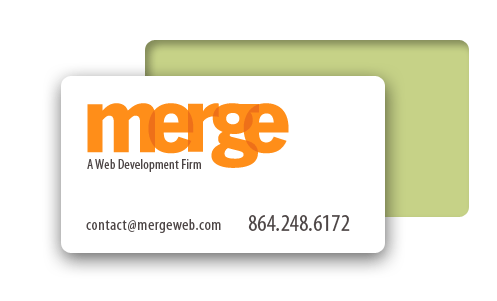Did the Internet Kill the Newspaper?
The newspaper is dieing. For the baby-boomer generation, that may be a sad thing. For my generation (X), that’s a “huh” sort of thing, and for Generation Y, they’re almost asking, “What’s a newspaper?”
Why is the newspaper dieing? There are many theories and reasons I’m sure, but the one that is obvious to me is because publishers focused on the means to the end (the actual, physical paper), and not the end itself.
There’s a great question to ask yourself to make sure you’re on the right track with your business. “What business am I in?” The famous response to this question came from Ray Kroc, who at the time was the head of McDonald’s, said, “That’s easy. Real Estate.” Most people may scratch their head, thinking the answer should have been hamburgers. But if you think about it, the reason for McDonald’s success is because you can find one almost anywhere you need one. And they locate themselves in the most convenient location to make it easy to get in and out.
Publishers actually thought they were in the newspaper business-putting ink on paper and distributing that paper to something they call subscribers. So when the internet came along, they defended their glorious little papers to preserve what they’ve been doing for 100 years.
If they would have realized they were in the advertising business and not news and not newspaper then they would have done what any logical company has done. They would have seen the trend of the internet and embraced the new technology to expand their advertising service online. Some have done so, though it may be a little too late so save the entity.
On one-hand its sad to see the newspapers go, but on the other it’s exciting to see the world evolve and progress.
The bottomline: Ask the hard question, “What business am I in?” And then ask yourself how you’re using or going to use the web to further your true business.
Picture Credit: The Economist, Who Killed the Newspaper?
